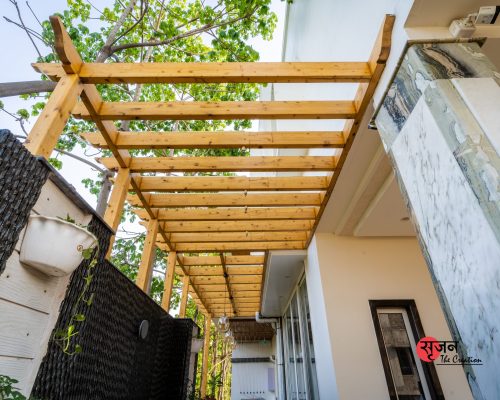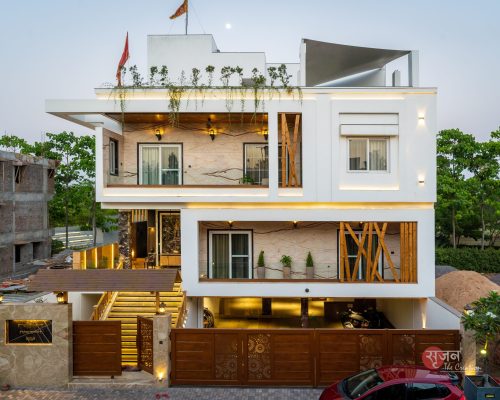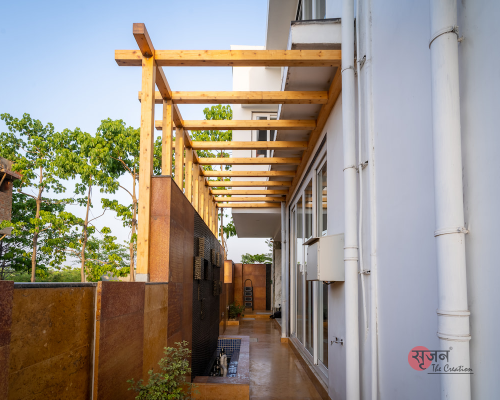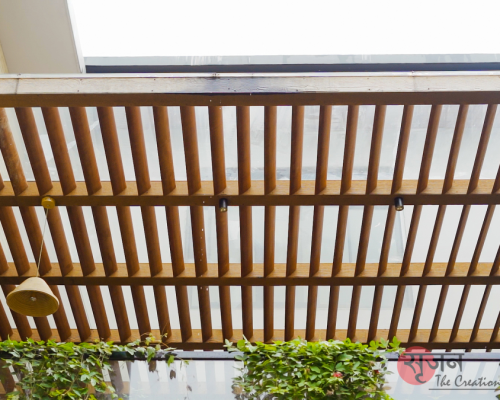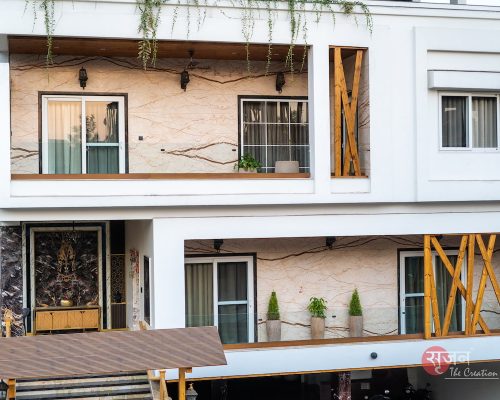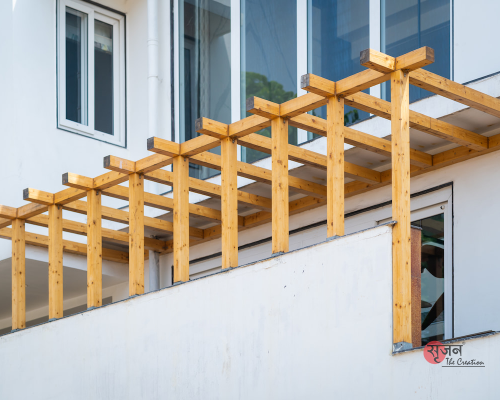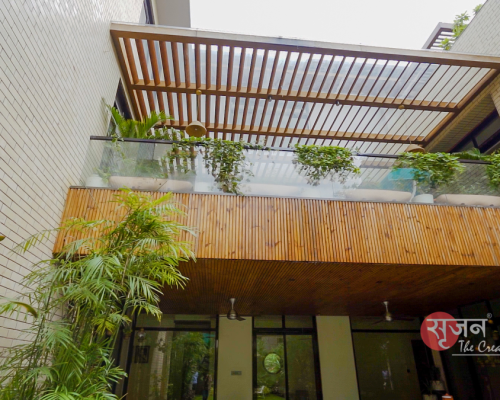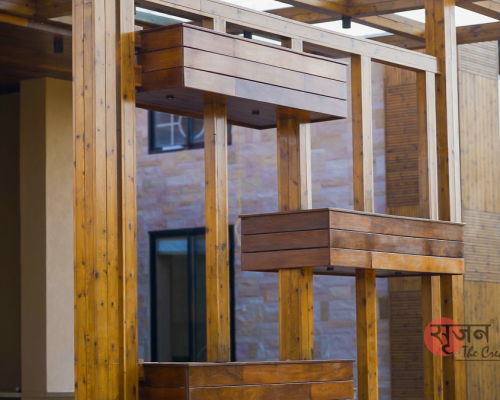Glued Laminated Structure
Our climate is perfect for both outdoor entertaining on the weekends and relaxing after a long day. However, as it becomes hotter, a touch of shade from a timber pergola can keep the worst of the heat from spoiling your good time. Adding a Timber pergola to your home can enhance your family’s enjoyment of summer, creating a space for friends and family to come together on those long afternoons and evenings.
Glulam has a reputation for being used in exposed applications such as vaulted ceilings and designs with large open spaces. With four appearance grades—framing, industrial, architectural, and premium—glulam is used when you seek a combination of structural and aesthetic attributes. This includes a range of architectural applications, including churches, higher education facilities, offices, and homes.
Glulam can work behind the scenes, too, like trusses, purlins, floor beams, cantilevers, and other necessary structural elements. Glulam has found use as floor and roof decking planks as well.
BUILD WITH WOOD
HOW IS GLULAM MADE?
- Glulam is made from a wide variety of species like Fir, Pine, Spruce etc
- Beams and columns of virtually any size and shape are fabricated by
laminating three or more kiln dried, stress tested, and finger jointed lumber together to form continuous laminations - These laminations are pressed together using a mechanized, hydraulic press,bonded with weather resistant adhesives
- Pressure treatment is used for exterior applications Glulam can be
customized as straight, curved, arched, and tapered members
Surface quality
Visible quality (SI) : core-separated, bare, healthy knots (any defects are repaired).
Industrial quality (NSI) : Defective knots and colour variations through blie stain to red streakiness permitted. Upon request only.
